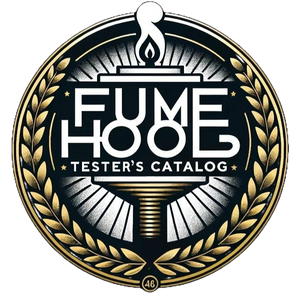
You’ve probably heard about ASHRAE 110, but what is it actually testing? The standard itself states: “This standard defines a reproducible method of testing laboratory hoods. It does not define safe procedures.” It also emphasizes that, “It is important to evaluate the performance of the laboratory hood under dynamic conditions.” But what does that really mean?
To understand this, let’s look back at its history. ASHRAE 110 wasn’t designed as a direct safety measure. It was initially more of a marketing tool, providing a way for purchasers to compare performance under consistent conditions. In controlled test lab environments, the test reveals certain performance characteristics—like static pressure, CFM, and smoke visualization. But here’s the catch: these don’t actually show how well the hood contains potentially hazardous fumes, which is its primary job.
The As Manufactured (AM) version of the test ensures that all hoods are assessed under the same conditions, but this doesn’t equate to a guarantee of safety.
So, what happens when you install that hood in a real-world setting—your building? Here’s where the testing gets interesting. By running the same tests in your facility, we can evaluate the interaction between the hood and its environment. If the results between the As Manufactured (AM) and As Installed (AI) tests are similar, it suggests that room conditions are not introducing problems. After all, the hood itself hasn’t changed.
With this AI baseline, we can focus on the last critical element affecting safety—the user. Testing the hood in its As Used (AU) condition reveals if work practices are impacting safety. It’s a way to see how users’ habits and techniques influence the hood’s performance. This three-step progression—AM, AI, and AU—helps us understand how the room and the user impact the overall safety of the system.
But let’s be clear: ASHRAE 110 is not a definitive safety assessment on its own. A fume hood is, at its core, an Exposure Control Device (ECD) designed to protect users from hazardous chemicals. True safety can only be evaluated through dynamic challenges—putting the hood through real-world scenarios to see how it handles the unexpected.
That’s where the Tri-Color Testing Protocol comes in. It’s a straightforward and highly visual way to test for these dynamic conditions. Want to dive deeper? Check out Tri-Color Laser Testing for more insights.
If you're looking for a more holistic understanding of fume hoods and laboratory ventilation, you’ll take our free online course at Laboratory Fume Hoods Explained and explore how you can ensure safety beyond the standard.
Warmest regards from the entire Fume Hood Certified Team,
Chip Albright
Founder and President
Fume Hood Certified, LLC.
PO Box 71477
Phoenix, AZ 85050.
Email: Chip@fumehoodcertified.com
P.S. It was once said in an ASHRAE 110 committee meeting, “We don’t design hoods to contain, we design them to perform well on the ASHRAE 110 tests”

